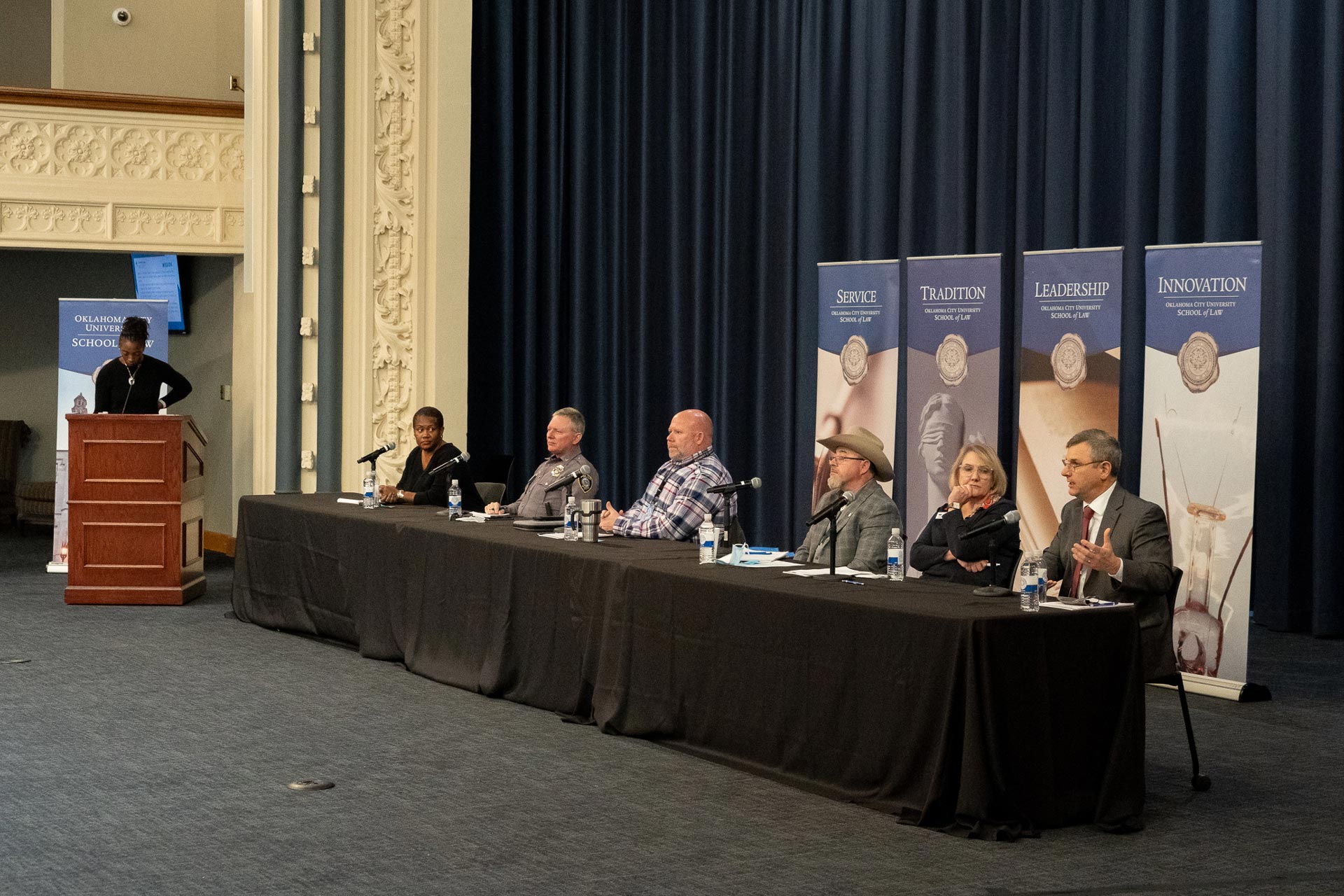It’s Time to LEAD
We recently welcomed Najja Morris-Frazier, LEAD National Support Bureau Director, and Chief (Ret.) Brendan Cox, Director of Policing Strategies, to give us an overview on Law Enforcement Assisted Diversion (LEAD).
Here are some highlights:
LEAD began in Seattle as a way to address overuse of the criminal legal system and racial disparities within the system.
We know that the criminal legal system is not the appropriate place to address issues like substance use disorder or mental health, poverty or homelessness. Continually arresting the same people over and over again creates a revolving door that overloads the system and doesn’t help the people stuck in the cycle.
LEAD gives police officers a different avenue other than arrest.
Previously, police officers only had one option when interacting with someone committing a law violation. With LEAD, an officer can recognize that the law violation was tied to substance use, mental health, extreme poverty, or homelessness and offer the individual the option of meeting with a case manager who will help address the needs.
“What we know to be true is that harm-reduction, low-barrier, care-centered model is what works for individuals who have continued to cycle in and out and have contact with systems that haven’t gotten it right, essentially, for them.”
LEAD uses a harm-reduction platform.
- LEAD is open-ended
- There’s no time limit. People always need help and should always be able to have access to support, guidance and resources for as long as they need it.
- LEAD is non-coercive
- If someone is not ready to address potential substance use issues or mental health issues, they are not made to address that. Care starts with what will make their tomorrow better than today. Many times when people have had unsuccessful experiences with treatment, it’s because they were made to do something before they were ready.
LEAD is a collaborative effort
Traditionally, case managers and providers and all of the pieces of the criminal legal system, courts and law enforcement have been very siloed. With LEAD, all of these stakeholders work together and communicate regularly to share information and provide a tight-knit support group to keep individuals who have consistently fallen through existing services and programs from falling through the LEAD program.
These are just a few of the highlights we found informative during our conversation. LEAD programs are nuanced and should be tailored to the communities they serve. While we continue to look at all of the factors in our community, we wanted to provide a starting point and some additional resources to help with ongoing conversations.
Ongoing Discussions
During their visit, the team from LEAD National Support Bureau also shared their knowledge with attendees of Oklahoma Forward, a criminal justice reform conference hosted by OCU Law.

(From left: Sue Ann Arnall, Tina Brown, Najja Morris-Frazier, Brendan Cox)
After the keynote address, delivered by Brendan Cox, Tina Brown, AFF Criminal Justice Reform Program Officer, moderated a panel discussion titled, It’s Time to LEAD: Law Enforcement Assisted Diversion. Foundation President, Sue Ann Arnall, introduced the panel topic and panelists included LEAD National Support Bureau Director Najja Morris-Frazier, Oklahoma City Police Chief Wade Gourley, Oklahoma County Undersheriff Jim Anderson, State Representative Justin Humphrey, NorthCare Vice President of Growth Connie Schlittler, and LEAD Director of Policing Strategies Brendan Cox.

(From left: Tina Brown, Najja Morris-Frazier, Chief Wade Gourley, Undersheriff Jim Anderson, Representative Justin Humphrey, Connie Schlittler, Brendan Cox)